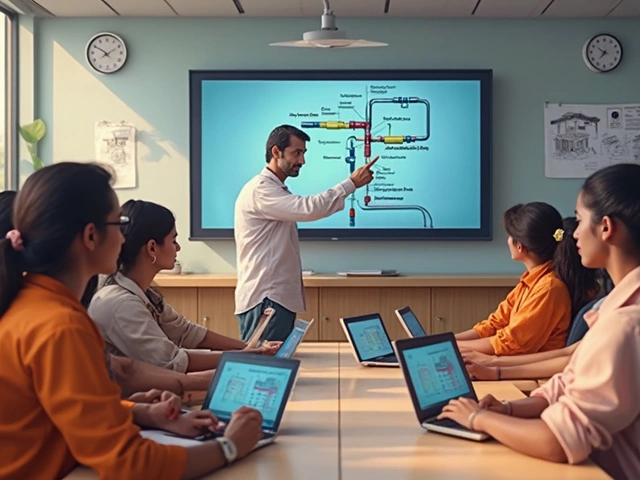Plumbing Apprenticeship: Your Fast‑Track to a Solid Trade
If you’re looking for a job that pays well, offers job security, and lets you work with your hands, a plumbing apprenticeship might be the perfect fit. You’ll earn money while you learn, and you won’t need a four‑year college degree. Below we break down the exact steps you need to take, what to expect on the job, and how to move from apprentice to licensed plumber.
Finding the Right Apprenticeship Program
The first thing to do is locate a reputable program. Check with your state’s labor department, local unions, or trade schools – they all list approved apprenticeships. Most programs require you to be at least 18 years old, have a high school diploma or GED, and pass a basic math test. Some unions also ask for a clean background check. When you call, ask about the length of the program (usually 4‑5 years), hourly wages, and what certifications you’ll earn.
What the Apprenticeship Looks Like Day‑to‑Day
During the apprenticeship you’ll split your time between classroom instruction and on‑the‑job training. Expect to spend about 1,600 hours in school over the whole program – that’s roughly one classroom day a week. Topics cover pipe sizing, blueprint reading, safety codes, and basic math for measurements. On the job, you’ll shadow a journeyman plumber, help install and repair fixtures, learn how to troubleshoot leaks, and get hands‑on practice with tools like pipe benders and wrenches. Your wage starts low (often $12‑$15 per hour) but rises each year, reaching $25‑$30 per hour by the final year.
Don’t forget to grab a notebook and write down every trick you see a senior plumber do. Those little details – like the right torque setting for a pipe thread – can set you apart when you apply for a journeyman license later.
Getting Certified and Moving Forward
After you complete the required on‑the‑job hours (usually around 8,000) and classroom classes, you’ll take the journeyman exam. This test checks your knowledge of the plumbing code, safety regulations, and practical skills. Passing it earns you a journeyman license, which opens doors to higher‑pay jobs, independent contracting, or even starting your own business.
Even after you’re licensed, keep learning. New fixtures, green plumbing technologies, and building codes change regularly. Many states offer continuing‑education courses that can boost your pay by 10‑15 percent.
In short, a plumbing apprenticeship gives you a steady paycheck, real skills, and a clear career ladder. Start by researching local programs, meet the entry requirements, and jump in. The more effort you put in now, the faster you’ll climb to a well‑paid journeyman position.

Looking for the best plumbing course? Get practical tips, compare top options, and learn which training fits your career goals, from apprenticeships to certifications.
Continue Reading





